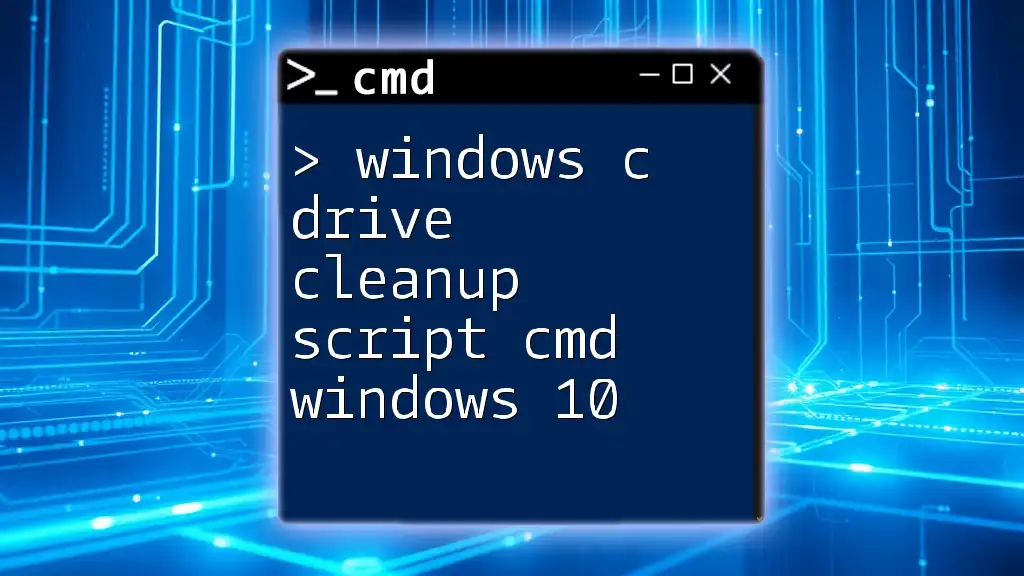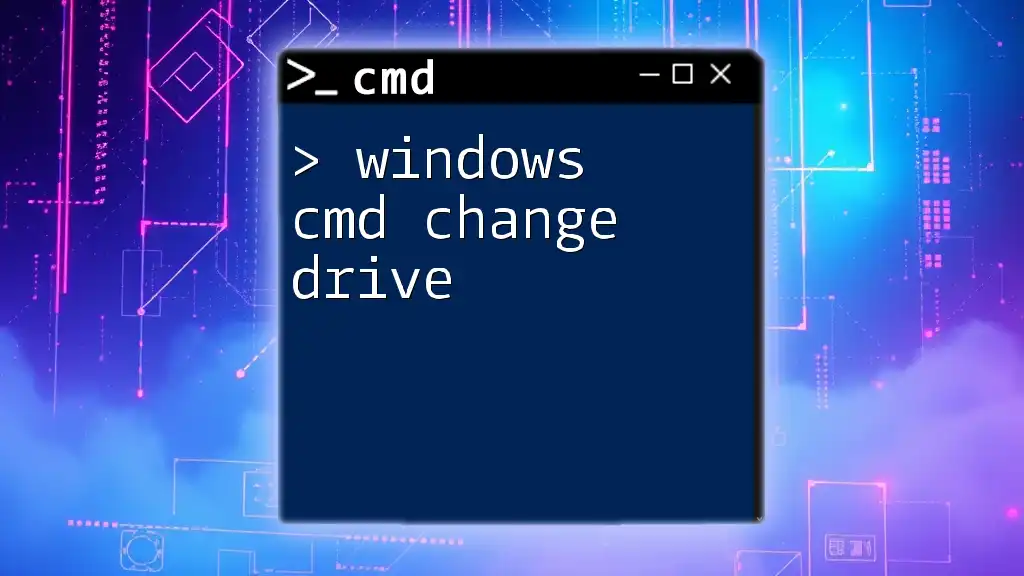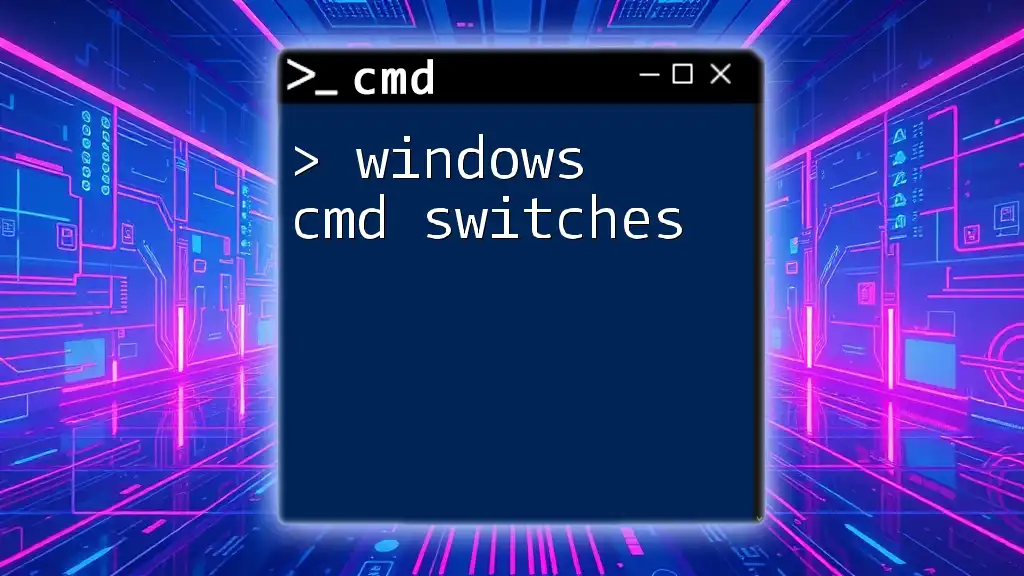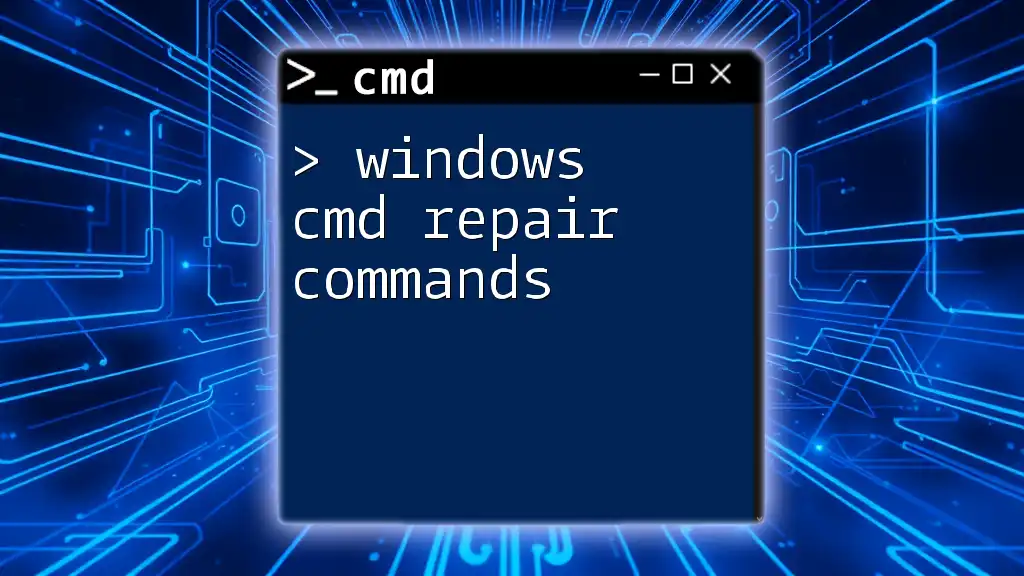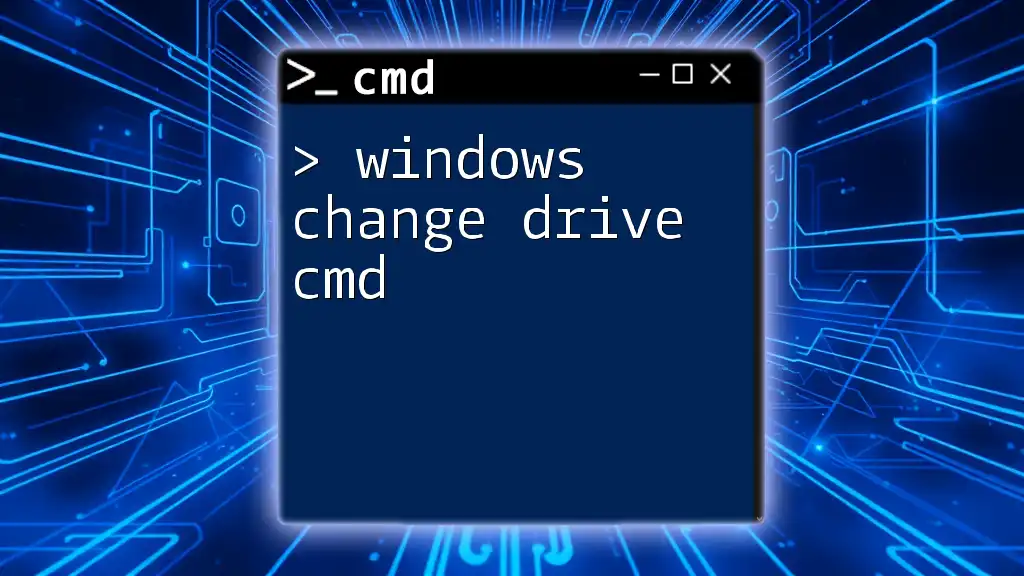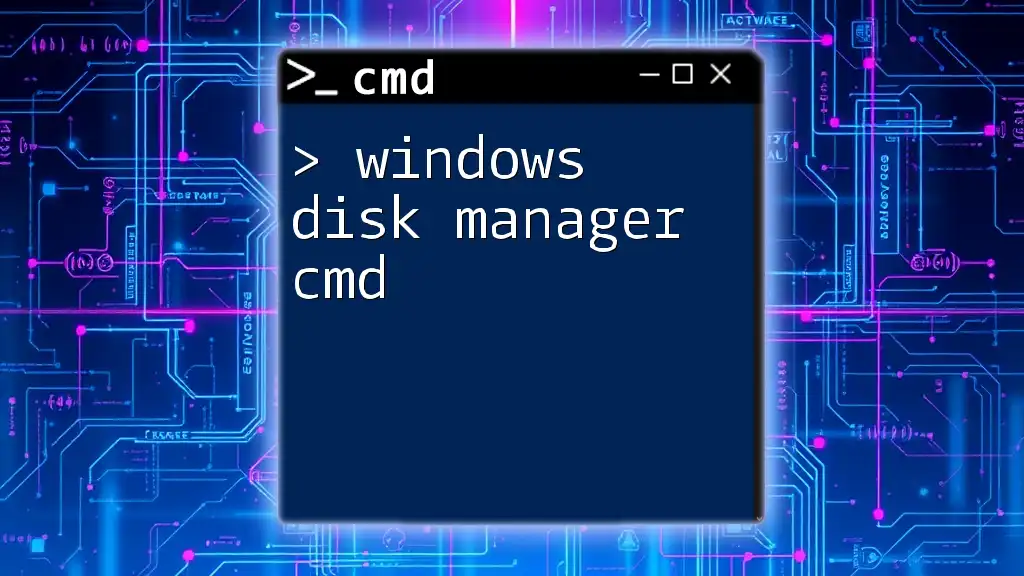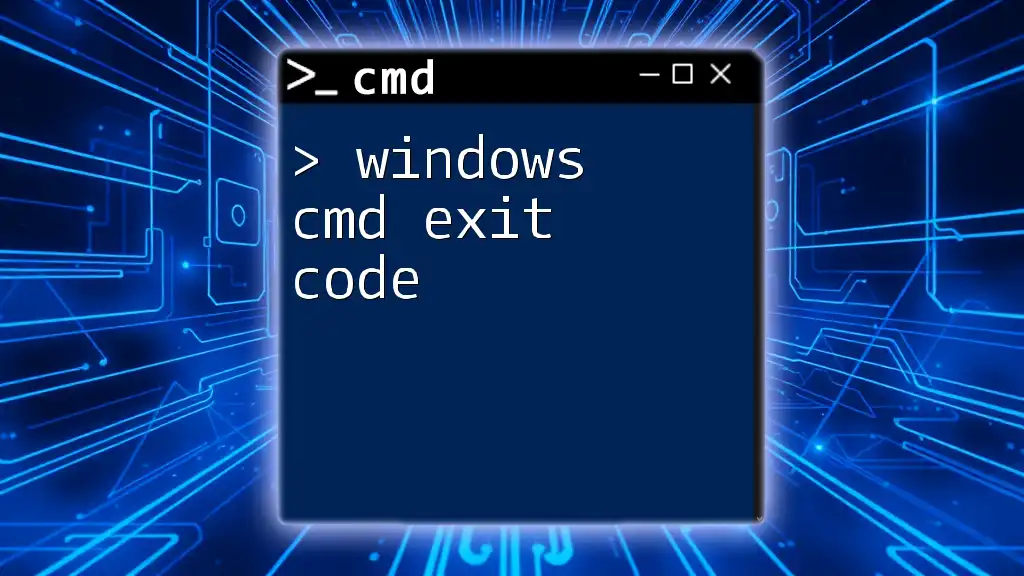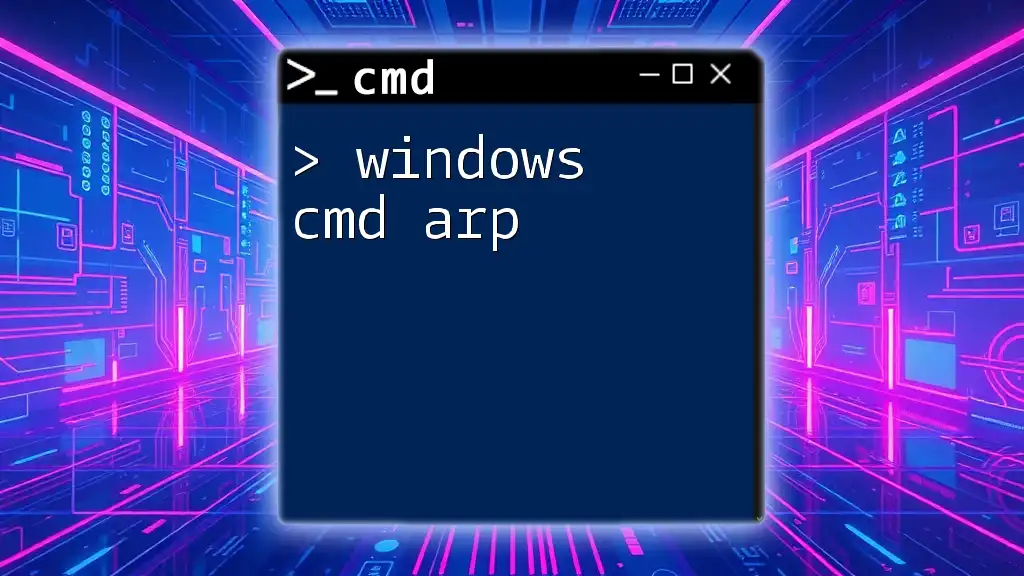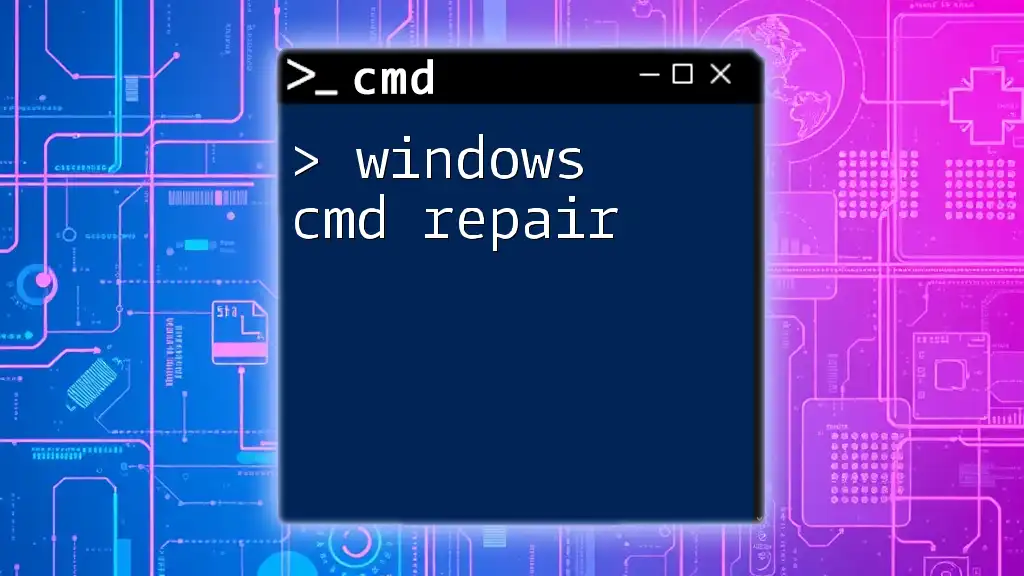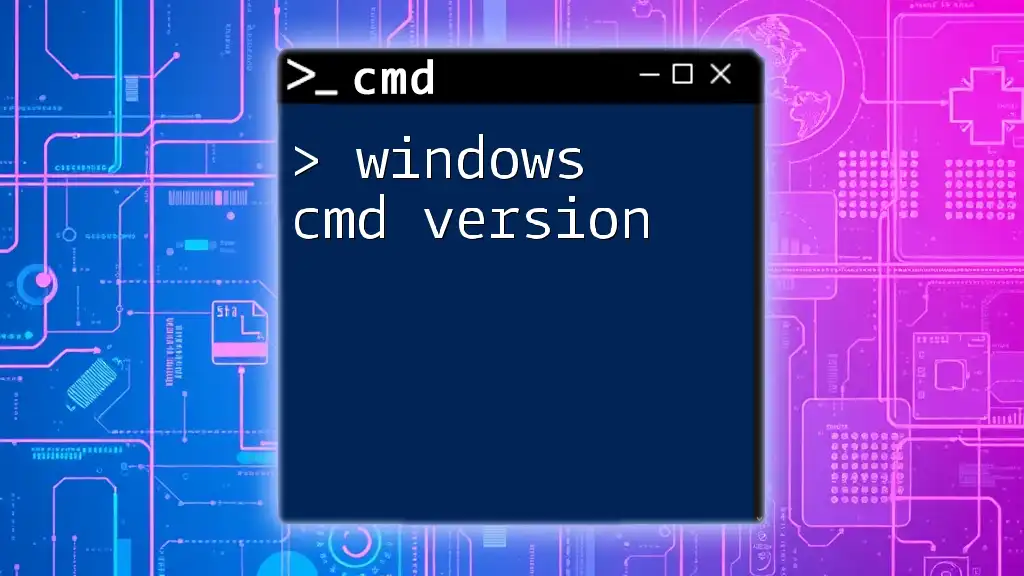In order to quickly clean up unnecessary files from the C: drive on Windows 10 using a CMD script, you can utilize the following command to delete temporary files and empty the recycle bin.
del /q/f/s %TEMP%\* & rd /s /q %TEMP% & powershell.exe -command "Clear-RecycleBin -Confirm:$false"
Understanding the C Drive Cleanup Process
Importance of Regular Cleanup
Cleaning up your C drive is crucial for maintaining optimal system performance. Over time, the accumulation of unnecessary files can slow down your computer, cause the system to lag, and ultimately lead to increased boot times. Regular cleanup helps free up valuable storage space, allowing your operating system to run smoother and more efficiently.
Common Culprits for Drive Clutter
The primary offenders responsible for drive clutter on your C drive include:
- Temporary files: These are files created by applications and the operating system that are no longer needed after their initial use.
- Cache files: Browsers and software often store cache files to speed up their processes, but these can grow quite large over time without manual intervention.
- Logs and old system restore points: System logs are kept for troubleshooting but can take up a significant amount of space if not periodically cleared.
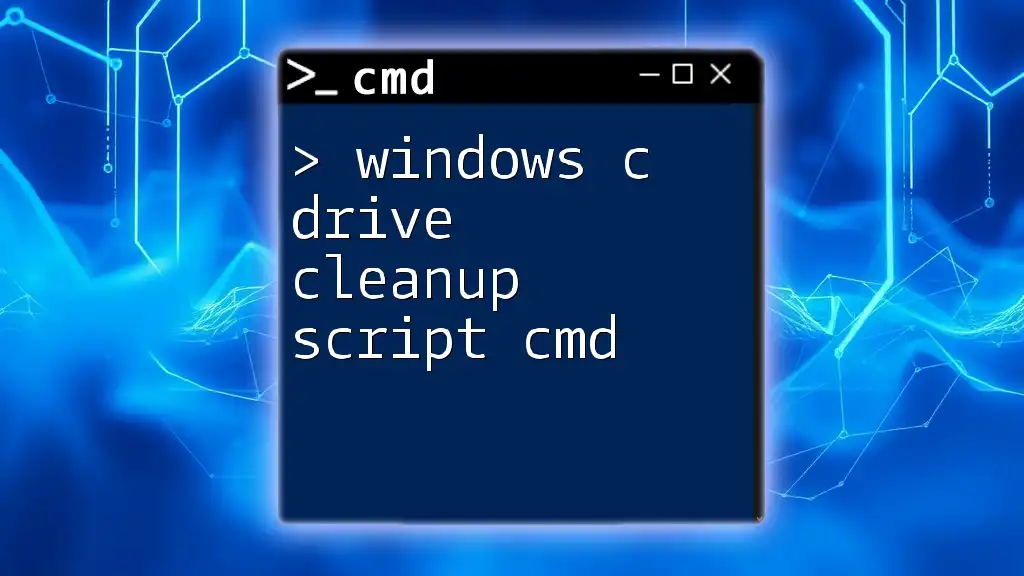
Getting Started with CMD
What is CMD?
The Command Prompt (CMD) is a powerful tool within the Windows operating system that allows users to perform a myriad of tasks using text-based commands. Unlike navigating through the GUI, CMD provides a faster and more efficient way to execute commands and scripts relevant to system management, including cleanup procedures.
Accessing the Command Prompt
To get started with CMD, you need to open the Command Prompt:
- Press `Windows + R` to open the Run dialog.
- Type `cmd` and hit Enter.
Now you have access to the Command Prompt interface, ready to execute your cleanup scripts.
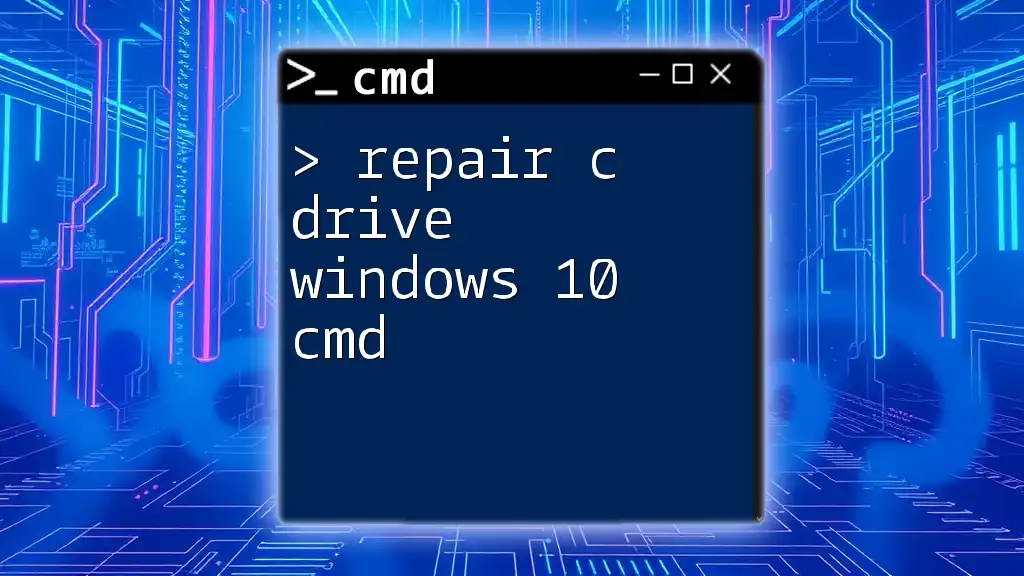
Crafting the Cleanup Script
Setting Up the Environment
Before diving into scripting, it’s helpful to create a dedicated folder for your scripts. This practice keeps your cleanup commands organized and easily accessible. It is also prudent to back up important files, as cleaning operations might demand absolute attention on directories.
Basic CMD Commands for Cleanup
Deleting Temporary Files
Temporary files accumulate quickly and can take up considerable space. To remove these files, you can use the following command:
del /q/f/s %TEMP%\*
- del: This command deletes files.
- /q: Enables quiet mode, so no prompts are shown.
- /f: Forces deletion of read-only files.
- /s: Deletes specified files from all subdirectories.
Executing this command effectively clears your temp folder, liberating space and potentially improving application performance.
Clearing the Recycle Bin
Another simple yet effective command is to clear the Recycle Bin. This can be done using:
rd /s /q C:\$Recycle.Bin
- rd: Removes a directory.
- /s: Deletes all files and subdirectories in the specified directory.
- /q: Enables quiet mode, which doesn’t prompt for confirmation.
By executing this command, you permanently remove items in the Recycle Bin, which can help reclaim several gigabytes of hard drive space.
Removing Unused Applications
Unused applications can bloat your C drive. You can use CMD to uninstall them by executing the following command:
wmic product where name="APP_NAME" call uninstall
Replace APP_NAME with the exact name of the application you wish to remove, such as "Google Chrome" or "Microsoft Office." This command will trigger the uninstall process directly from CMD.
Advanced Cleanup Options
Using Disk Cleanup via CMD
Windows includes a built-in Disk Cleanup tool, which you can invoke from CMD for more comprehensive cleanup. To run Disk Cleanup with specific settings, enter:
cleanmgr /sagerun:1
- This command launches the Disk Cleanup utility with your preconfigured settings. You can set those configurations by running `cleanmgr` once via the GUI and adjusting it to your preference.
Scheduling Automatic Cleanup
Setting up your cleanup script to run automatically can be highly beneficial. You can achieve this through Windows Task Scheduler.
- Open Task Scheduler by typing "Task Scheduler" in the Start menu.
- Create a new task, naming it something like "C Drive Cleanup."
- Set the trigger to run at your preferred time, such as daily or weekly.
- In the action section, select "Start a program" and point it to your `.bat` script containing the cleanup commands.
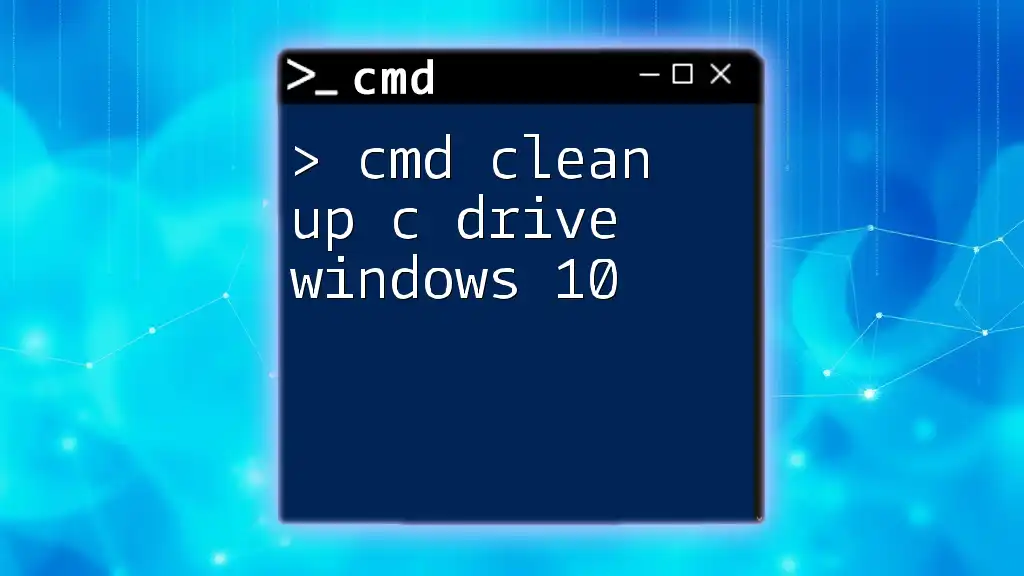
Testing Your Cleanup Script
Executing the Script
To run your cleanup script, you need to save it as a `.bat` file. Here’s how to do that:
- Open Notepad and input your cleanup commands.
- Save the file with a `.bat` extension (e.g., `cleanup_script.bat`).
- Navigate back to your Command Prompt and execute the script by typing its path.
Verifying Cleanup Results
After running your cleanup script, always check for the results to ensure it was effective. You can do so by assessing the drive space:
- Right-click on the C drive and select "Properties" to see how much space you’ve regained.
- For a more detailed analysis, consider using third-party tools like WinDirStat to visualize where space is being utilized.
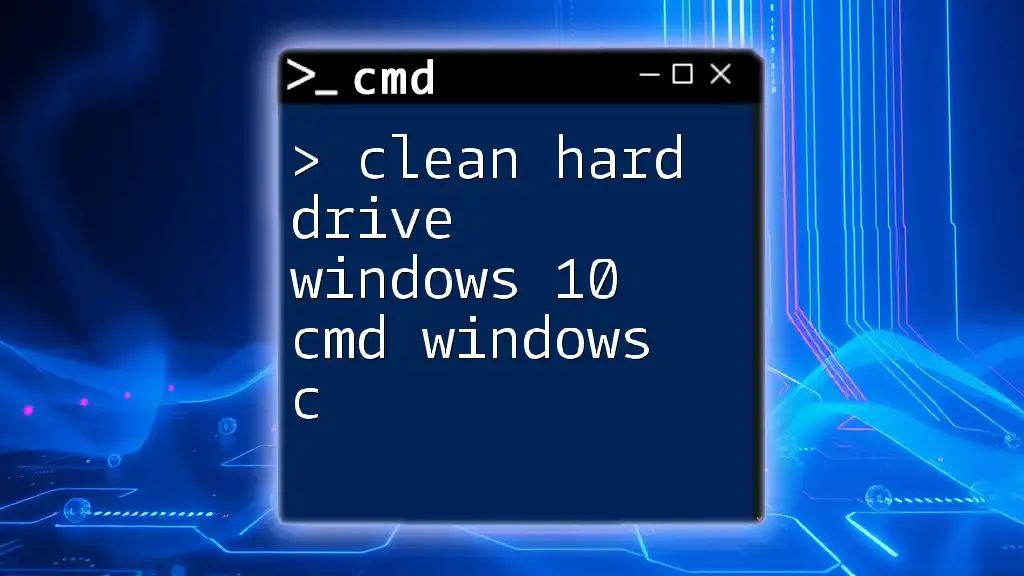
Troubleshooting Common Issues
Permission Errors
If you encounter permission errors when running CMD commands, you may need to run CMD as an administrator. To do this, right-click on CMD and select "Run as administrator."
Script Doesn't Run as Expected
If your cleanup script isn't performing as intended, go through the following checklist:
- Ensure command syntax is correct, paying attention to spaces and symbols.
- Ensure that the commands are appropriate for your version of Windows.
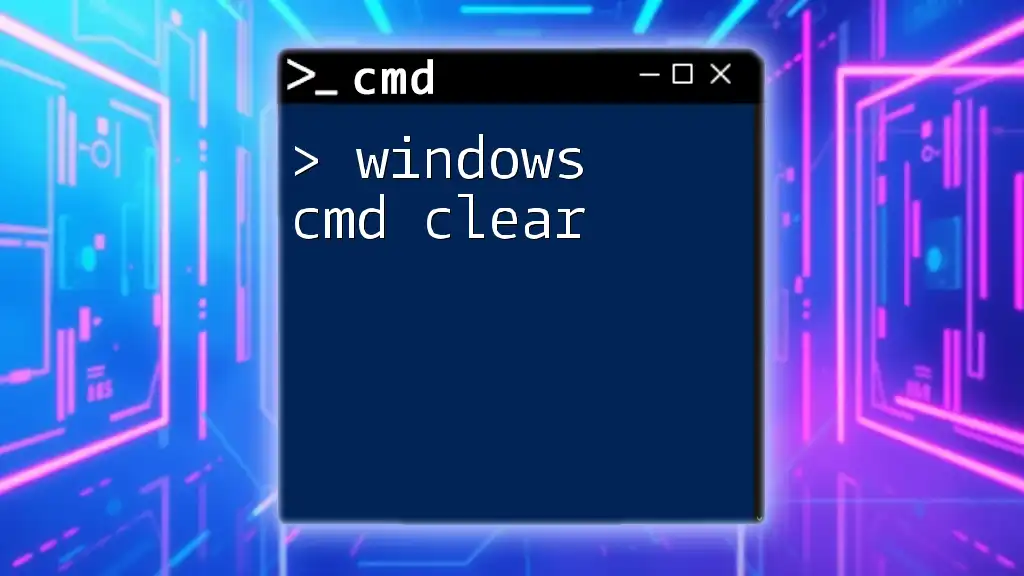
Conclusion
Utilizing the windows c drive cleanup script cmd windows 10 can dramatically enhance your computer's performance by removing unnecessary files. Regularly executing these commands not only frees up space but also helps in maintaining a tidy file system. Explore these commands, and feel free to customize your cleanup scripts based on your unique needs and preferences.
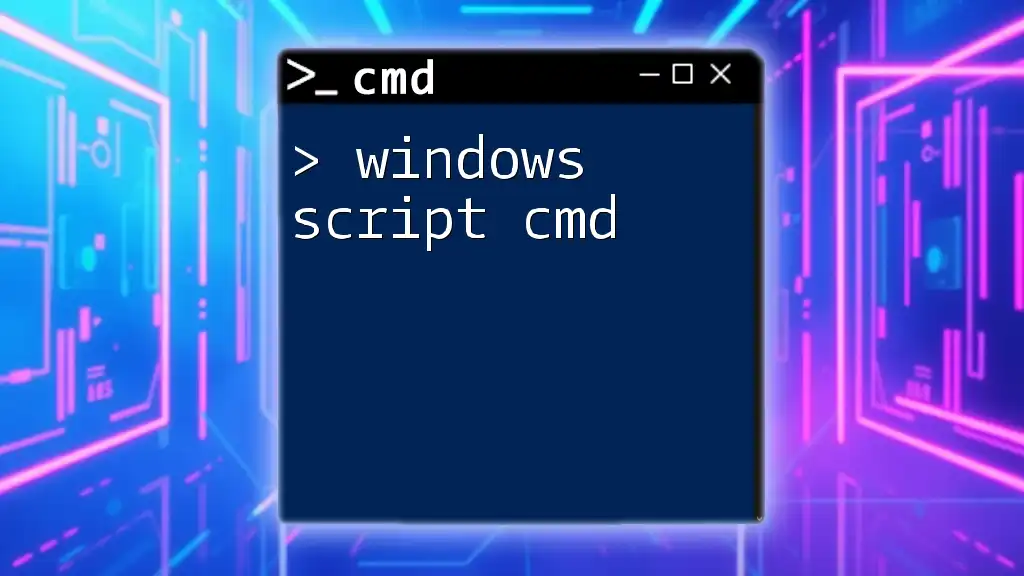
Additional Resources
For further exploration into CMD commands and system optimization, consider reviewing the following resources:
- Documentation on CMD commands from Microsoft.
- Forums or communities dedicated to CMD enthusiasts for tips and advanced usage.
FAQs
Common questions surrounding CMD usage often revolve around command syntax, troubleshooting common errors, and more. By engaging in forums or consulting further articles, you can deepen your understanding and skills in CMD usage for system management.

